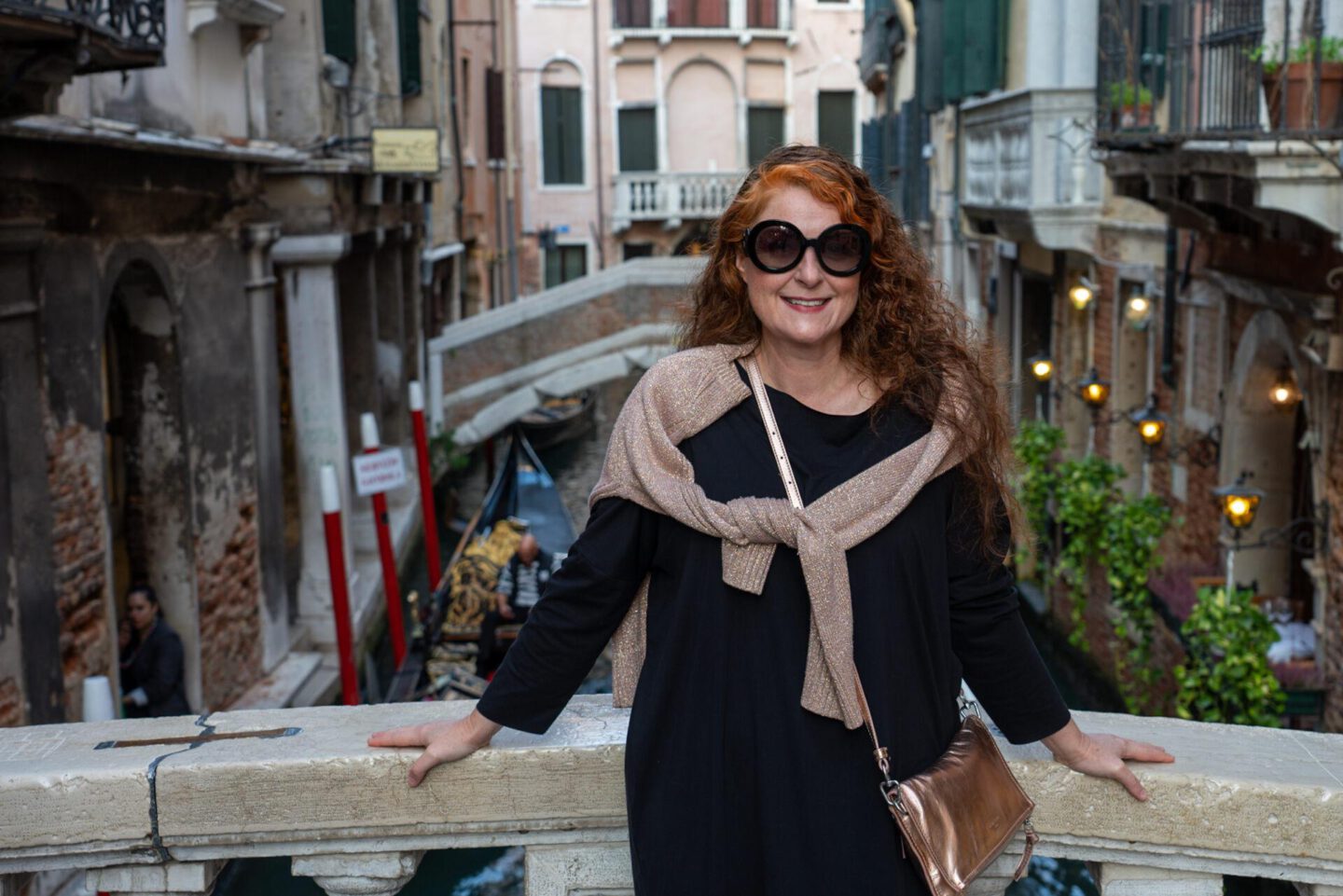
Venice, one of the most beautiful cities on the Mediterranean. A mecca for art lovers, the rich and famous and anyone who loves good food and drink.
These 5 drinks should be on your list for your next holiday in Venice…
1. Caffè macchiato
The cappuccino on St Mark’s Square costs 15 euros, 8 of which are Coperto – which also covers the cost of the live music. You can do it, you can leave it. The Venetian lady whose flat we are staying in recommends that we skip it and instead have an espresso at the bar while standing in one of the neighbouring bars. It’s not called espresso but caffè. It costs between one euro and 1.20, because the maximum price “al banco”, i.e. “at the bar counter”, is set by the local authorities, as it is a staple food in Italy.
She advises against latte macchiato. Anyone who thinks they’re enjoying real Italian coffee culture is on the wrong track. (It’s a bit like spaghetti Bolognese, which is called Ragù or Ragù alla Bolognese here. You can make it, you can leave it. Italians would rather leave it alone, because there’s not enough sauce on the thin spaghetti, and go for papadelle or macaroni instead).
Coffee drinks with milk are only drunk here for breakfast and certainly not after a meal. If milk is a must, then in small portions. Caffè macchiato, says Stefania, is perhaps a good compromise. But you actually drink your espresso, or caffè, black or with lots of sugar. And authentically standing at the bar.
2. Bellini in Venice
Talking of bars. Perhaps the most famous drink from the city in the lagoon comes from Harry’s Bar in Venice, invented by Giuseppe Cipriani, the former owner of the famous bar – https://www.cipriani.com/. Named after Giovanni Bellini, a Venetian painter, the mixed drink made from dry sparkling wine (usually Prosecco, but sparkling wine or champagne also works) and freshly picked vineyard peach puree is the ideal drink for an afternoon in the summer sun.
3. Spritz
Perhaps the best known and most popular drink in the whole of the Veneto is the Aperol Spritz, or simply Spritz, which you will see on every table here – for just 3.50 euros – glowing orange. The name Spritz probably comes from the Austrian word for “spritzed”. The variant most commonly found in Venice, the Veneto Sprizz or Veneziano Spritz, is a mixed drink made from a bitter liqueur – for example Aperol – on ice with white wine and soda water and a slice of orange in it. If you prefer the alternative with Prosecco, you have to pay around 50 cents more and order it separately (Spritz con Prosecco). And if the Aperol tastes too sweet, you can mix it with Campari. This is called Bitter Spritz (or Bitter Spritz con prosecco) and is easily recognisable by the dark red colour in the glass. If you like it a little more authentic, order a Select Spritz. The Venetian version of the bitter liqueur, which also tastes sweet and tart but is characterised by stronger herbal notes, is definitely worth a try.
4. Negroni
Campari, vermouth, gin in equal parts, ice, an orange zest in a tumbler. The Negroni is ready, which is too strong for me personally and always reminds me a little of cough syrup. The secret, I’ve read, lies in the careful combination of different flavours and the right gin. The Belmond Hotel Cipriani in Venice is said to have one of the best. So, if you’re still looking for a reason for your next trip to Venice, this would be a good one.
5. Friulano
What would a Venice drinks list be without a single white wine. My personal highlight was discovering the Friulano grape variety from Friuli, which is actually called Tocai Friulano there. After the Tokaji region in Hungary filed a lawsuit, the use of the prefix Tocai was banned by the EU in order to avoid misunderstandings. Today, people just say Friulano (or sometimes Friulano EX Tocai).
I had the best Friulano in the Estro restaurant. The Kai from the Paraschos winery is one of the so-called “slow” wines, which are characterised by the most natural and sustainable wine production possible.
And a secret, an insider tip.
Everyone knows that the water from Kölle is good. But the (tap) water in Venice isn’t bad either, explains Stefania. It comes directly from the Dolomites and – filtered and carbonated on request – is even offered in Michelin-starred restaurants for little money or free of charge. Over 120 drinking fountains throughout the city also ensure sustainability. Simply bring your own drinking bottle and keep your eyes open and you can save yourself the expensive Pellegrino.